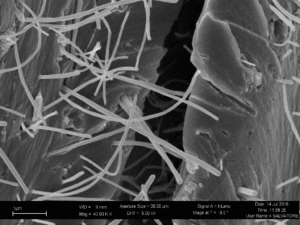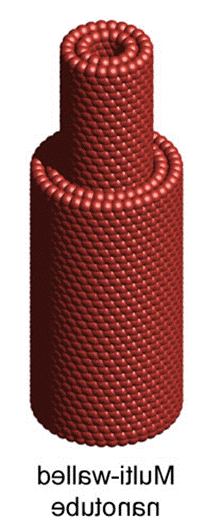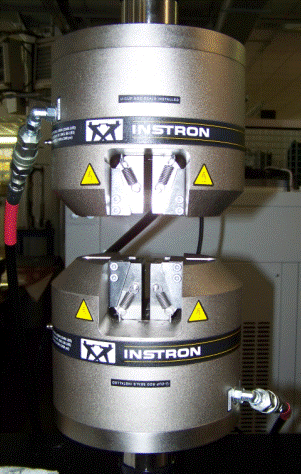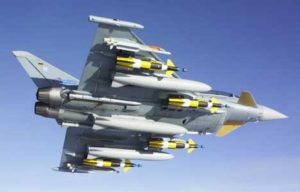Created by the need to ensure the basic structural repair and maintenance of structural parts of a military aircraft and to improve structural maintenance activities during their operational life, specific research has set itself the objective of experimental activities for the realization of new “nanostructured repairers materials capable to integrate with conventional materials used on aircraft.
These new materials demonstrators were made blending CNTs (Carbon Nano Tubes) with known polymers, already in use in the industry.
The results obtained in this experimental campaign were encouraging, as it was possible to verify in the laboratory its effectiveness, with the recovery of about 98% of the initial structural behaviour of the undamaged aluminum sample.

 To achieve this goal the research program was carried out experimentally reproducing the method applied to the repair of cracks on aluminum materials, simulating in the laboratory the damage of a specimen (crack) with the subsequent application of a patch repair with binder based on the new composite consisting of an industrial polymer and CNT. Level reached by the current state of research is TRL 4.
To achieve this goal the research program was carried out experimentally reproducing the method applied to the repair of cracks on aluminum materials, simulating in the laboratory the damage of a specimen (crack) with the subsequent application of a patch repair with binder based on the new composite consisting of an industrial polymer and CNT. Level reached by the current state of research is TRL 4.
The maintenance or restoration of the operational efficiency of military aircraft requires the use of advanced technologies for both aspects of structural integrity, and its maintenance. This is even more valid in the case of restoration of structural damage to aircraft caused during its use in service, or as a suitable ABDR method of repair in operating environments defined as “out of area”. Among the innovative materials most frequently used in the aviation environment, the carbon fibers occupy a leading position.

These materials, however, are particularly sensitive to concentrated and/or impulsive loads which stress the material locally with the risk of serious structural damage. To date, interventions to repair any damage resulting from these stresses are invasive and very time consuming. They also require specific tools and an environment equipped to ensure the acceptability of the repaired component. It is supposed to activate a program of research aimed at defining a method adapted to perform such maintenance and repair in a non-invasive, reconstituting the structural continuity to the original static value while providing elements of verification of recovery of the characteristics of the repaired part/area. This program should, furthermore, be in position to identify and provide portable prototypes of diagnostic tools that enable extraordinary maintenance / repair in those operating “out of area” environments This mode of operation could allow simplified interventions, with the minimum of special equipment, restoring the damaged area/part quickly and rapidly, with the result thus reduce the management costs of the aircraft itself.

